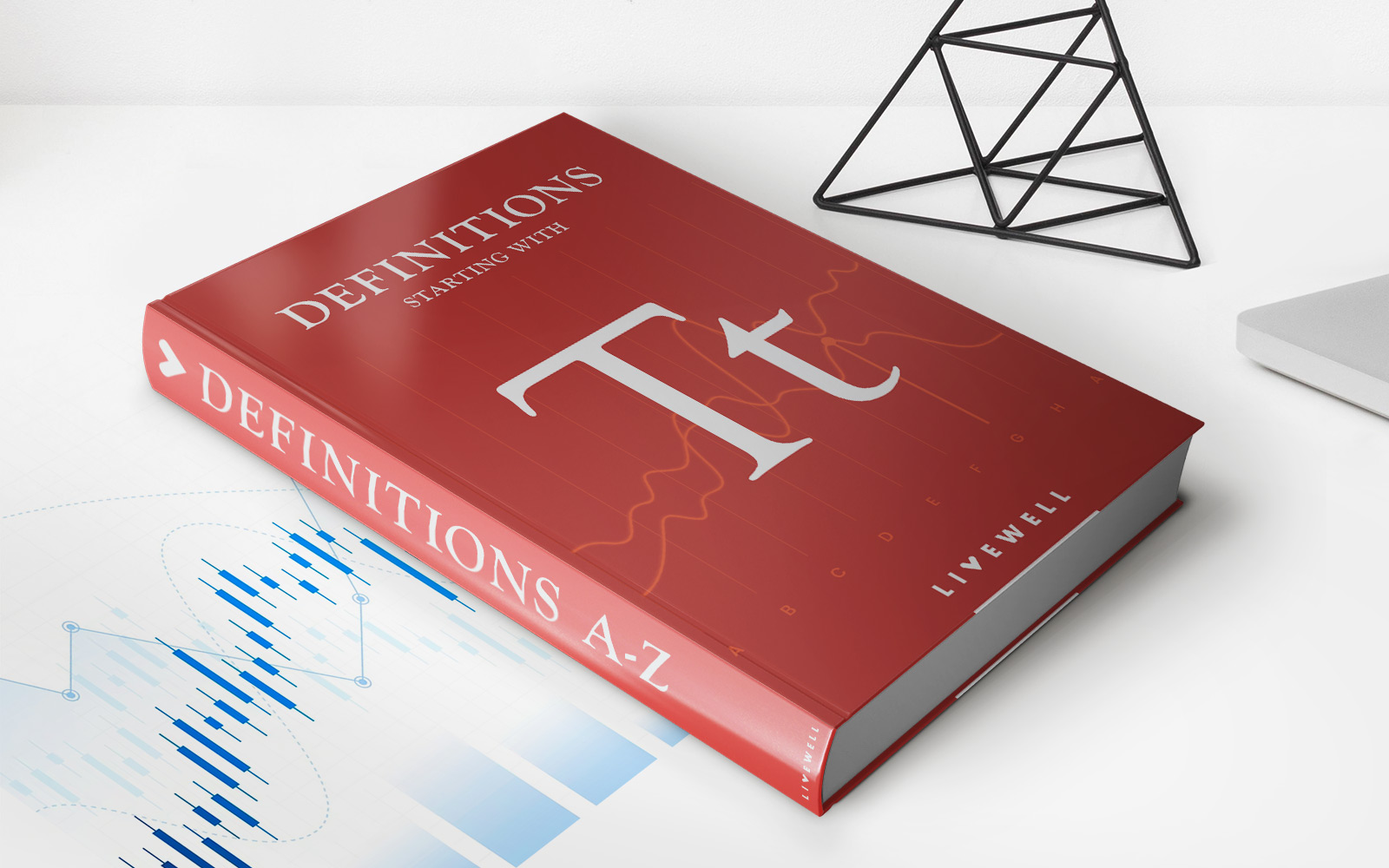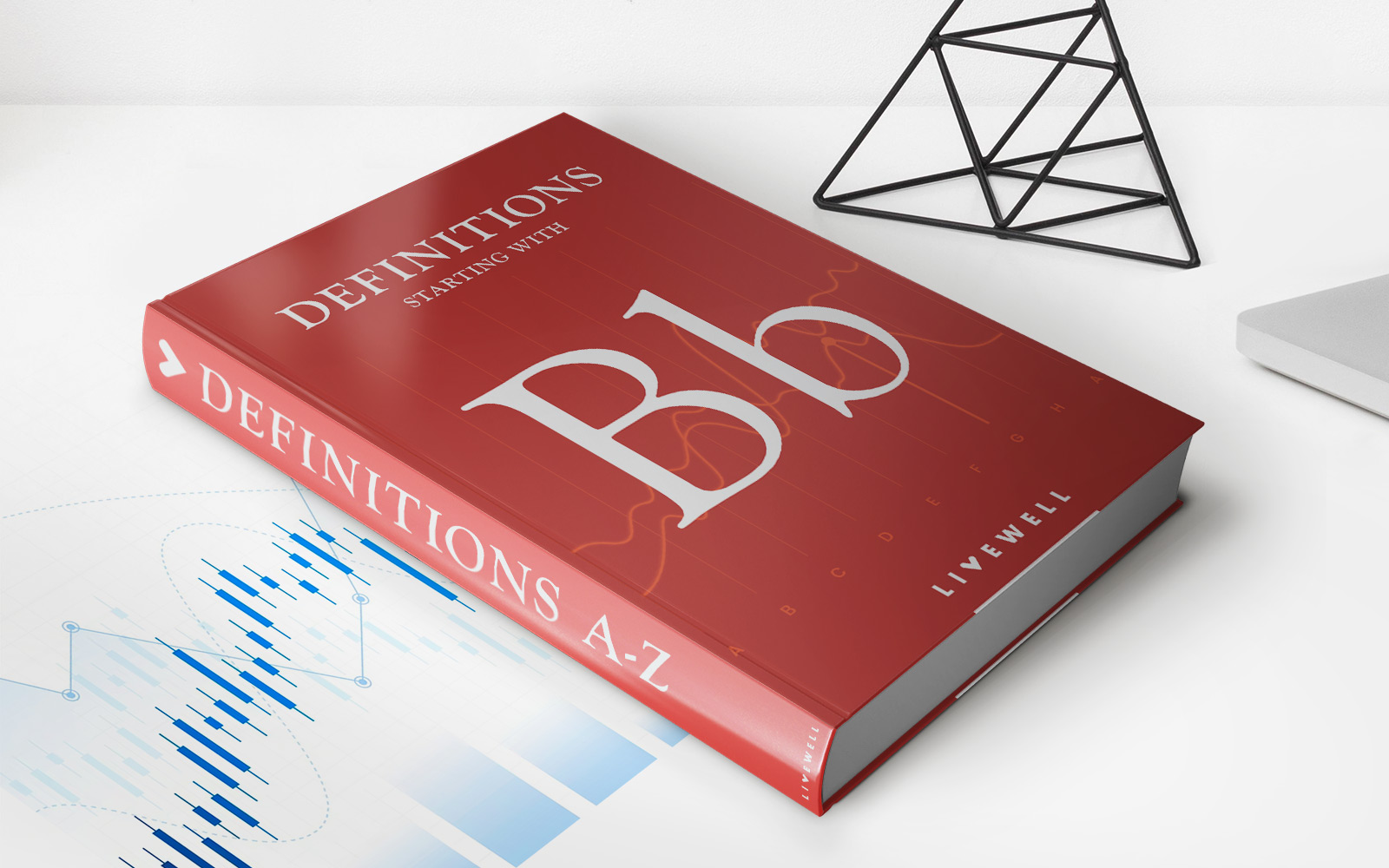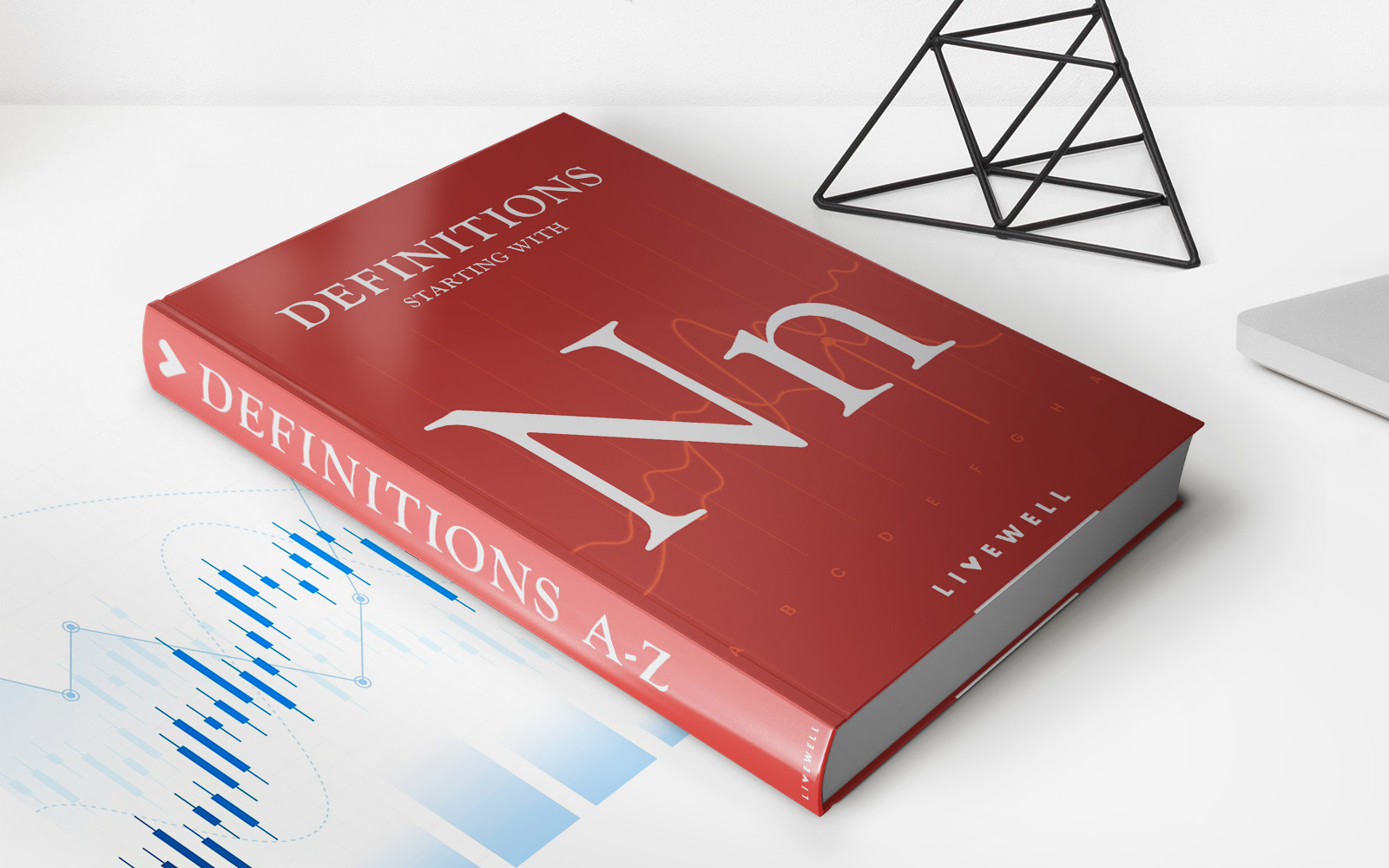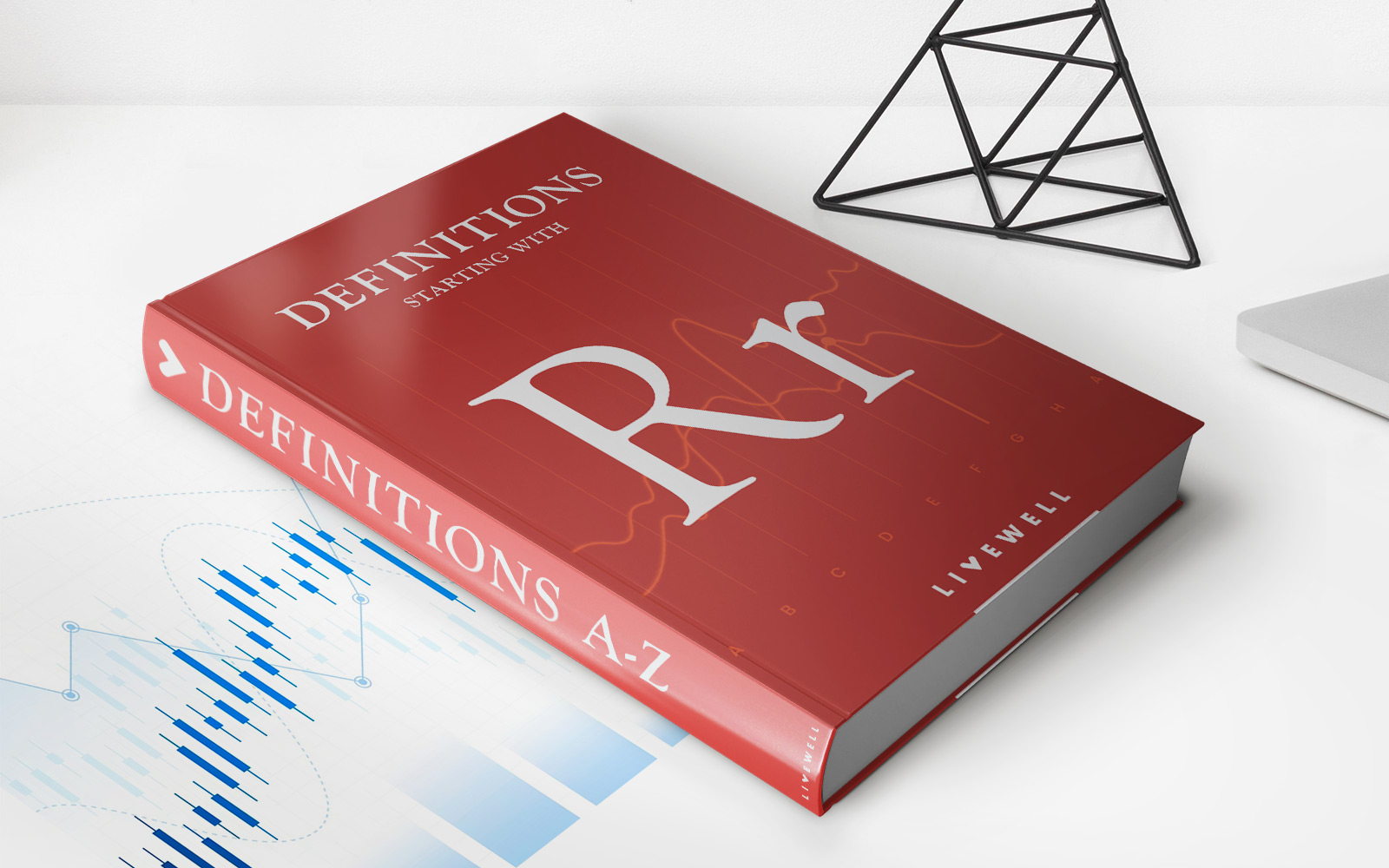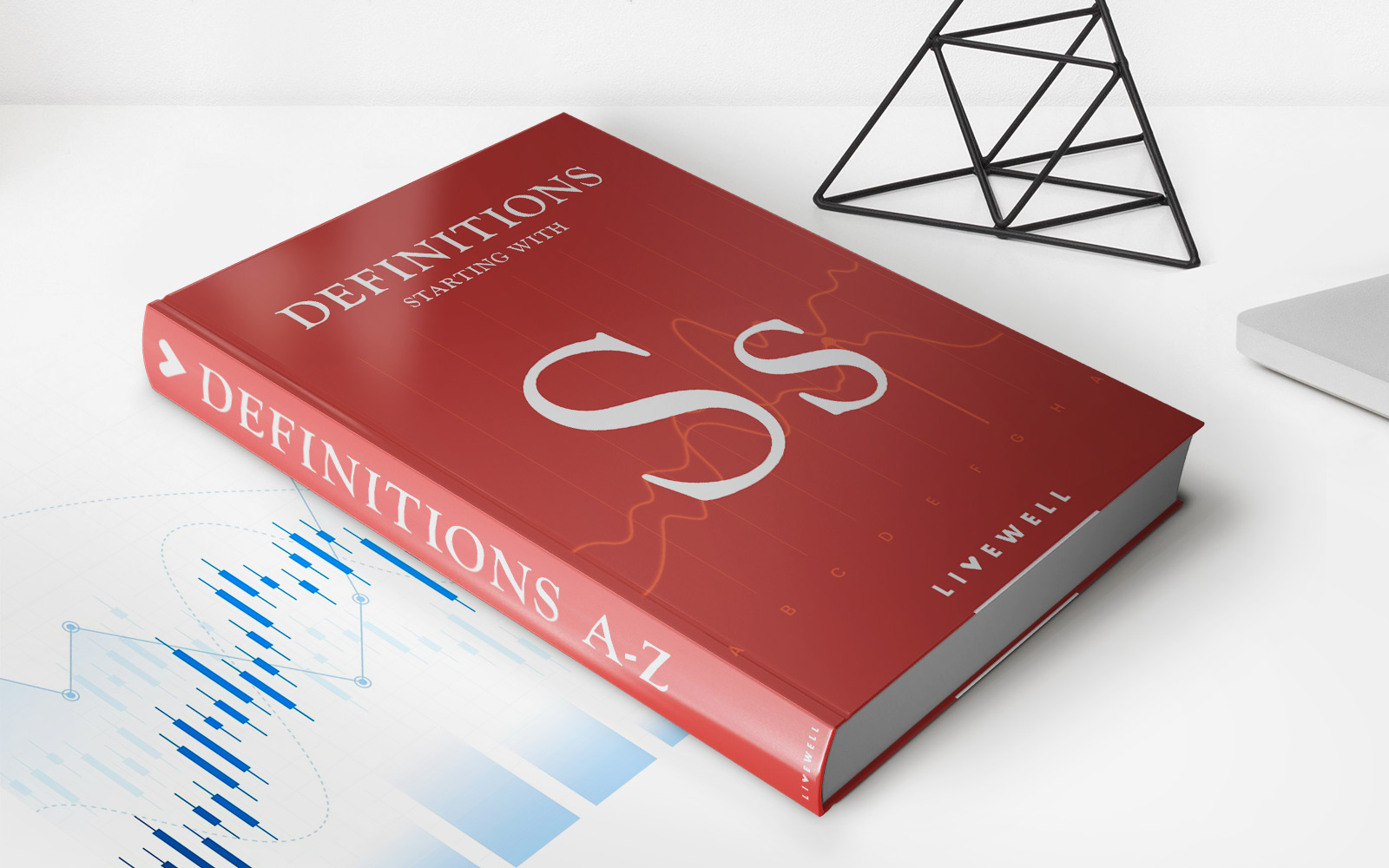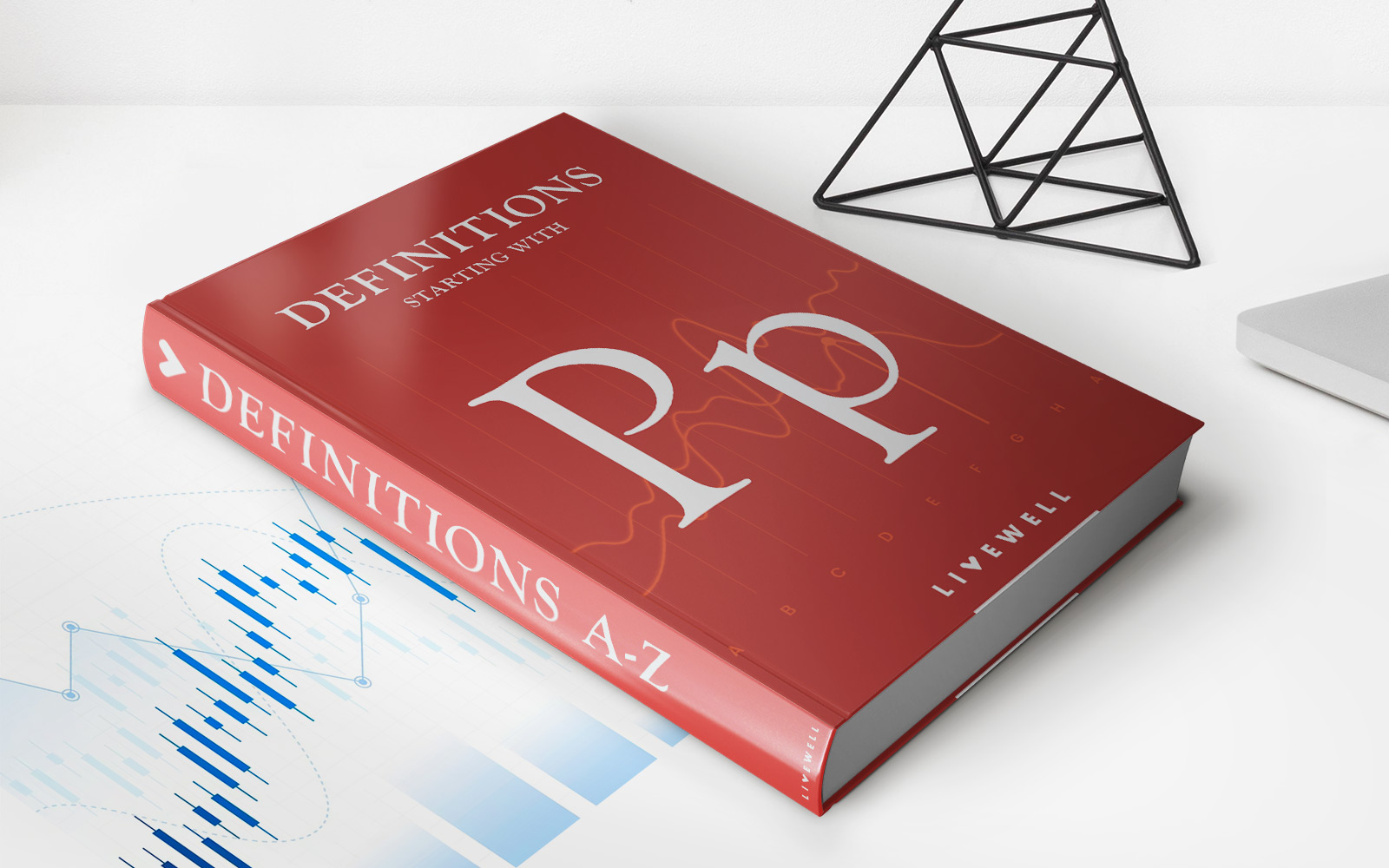Home>Finance>Narrow Money Definition Vs. Broad Money, Qualifying Accounts
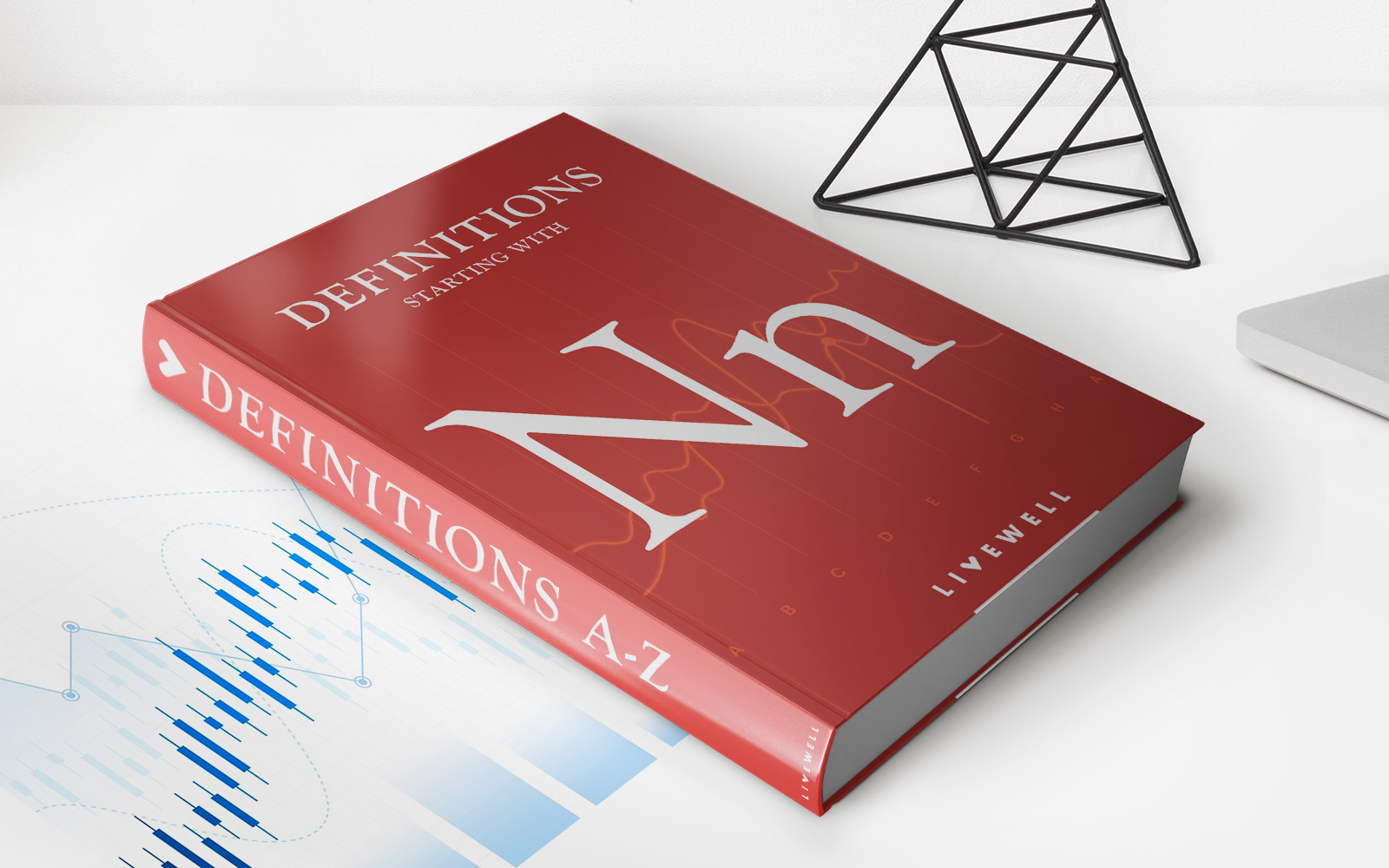

Finance
Narrow Money Definition Vs. Broad Money, Qualifying Accounts
Published: December 28, 2023
Understand the distinction between narrow money and broad money in finance. Learn about the qualifying accounts and their roles in monetary systems.
(Many of the links in this article redirect to a specific reviewed product. Your purchase of these products through affiliate links helps to generate commission for LiveWell, at no extra cost. Learn more)
Narrow Money Definition vs. Broad Money: Understanding the Basics
Finance is a vast subject, and there are various terms and concepts that can be confusing for even the most experienced individuals. One such topic that often perplexes people is the difference between narrow money and broad money. In this blog post, we will shed light on these two terms and help you understand their definitions, significance, and how they differ from one another.
Key Takeaways:
- Narrow money refers to the most liquid forms of money, such as physical currency and liquid deposits in banks.
- Broad money includes narrow money and other less liquid forms of money, such as savings deposits and time deposits.
Defining Narrow Money
Narrow money, also known as M1 money supply, encompasses the most liquid forms of money available in an economy. It includes physical currency (banknotes and coins) held by the public and the money held in liquid deposits at banks. Narrow money represents the money that individuals and businesses can readily spend for purchasing goods and services or withdraw in cash.
In simple terms, if you can use it to make immediate payments, it falls under the category of narrow money. For instance, the money you have in your wallet or your checking account qualifies as narrow money.
Exploring Broad Money
On the other hand, broad money, often referred to as M3 money supply, encompasses a broader range of financial assets compared to narrow money. In addition to physical currency and liquid deposits, broad money includes other less liquid forms of money, such as savings deposits and time deposits. These assets may require more time or certain conditions to convert into spendable cash.
Unlike narrow money that is readily available for immediate transactions, broad money represents a more comprehensive measure of an economy’s total money supply. It includes the money that is held in various accounts and financial instruments and may not be as easily accessible as narrow money.
The Significance of Narrow and Broad Money
Understanding the difference between narrow money and broad money is crucial for economists, policymakers, and analysts as it helps them gauge the state of a country’s economy. Changes in the composition and growth of money supply can provide valuable insights into an economy’s inflationary pressures, consumer spending patterns, and overall monetary conditions.
By analyzing the narrow money supply, economists can get a sense of the immediate spending power of consumers and businesses. On the other hand, broad money helps gauge the overall liquidity and potential for future spending and investments. Together, these metrics contribute to a comprehensive understanding of an economy’s financial health.
Conclusion
In summary, narrow money represents the most liquid forms of money, such as physical currency and liquid deposits, while broad money encompasses a broader range of financial assets. Understanding the difference between narrow and broad money is essential for individuals looking to grasp the complexities of finance and for those who want to analyze the state of an economy. By knowing these differences, you will be better equipped to navigate the world of money and make informed financial decisions.

